History
In 1991, local school teacher Mary McDaniel had an idea. She wanted to protect Mountain Island Lake, the drinking water source for hundreds of thousands of area residents, from being overdeveloped.
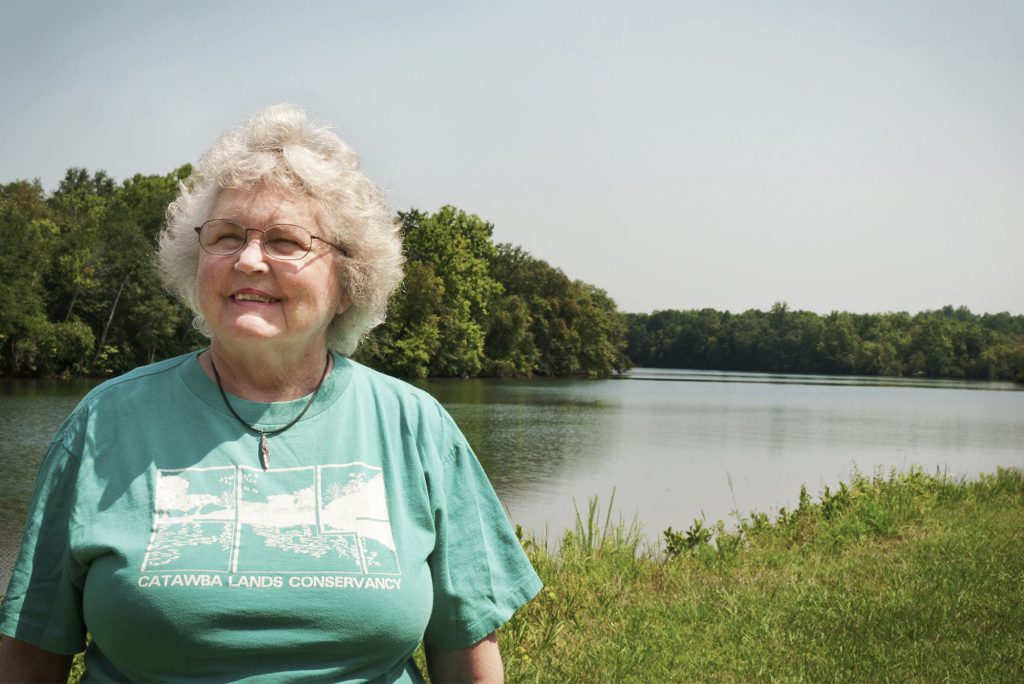
“I guess I was a little obsessed,” she said of those early days. “But that’s how I was raised. I was raised on a small farm and was outside all the time. Growing up, there were always two books on my family’s dining table: the Bible and Peterson Field Guide to Birds.”
A dining table played an important role in Mary’s adult life, too. The group that would later become Catawba Lands Conservancy convened for the first time around Mary’s dining table in 1991.
She and her core group of volunteers—lots of ecologists and activists—attracted media attention, then moved on to capture the attention of government officials. She named her fledgling group SMILE (Save Mountain Island Lake for Everyone), and their efforts prompted Mecklenburg County to propose a $5.6 million bond in 1991 that allowed the county to buy the lakefront property Mary wanted protected. The bond’s passage wasn’t just a financial win; it gave the group confidence—and clout.
They realized there was an opportunity—and a need—for conservation work on a larger scale throughout the Catawba River Basin, and a formal organization—with nonprofit status—was necessary.
The Conservancy looks much different from the days when it was an all-volunteer organization that met in Mary McDaniel’s dining room. CLC now encompasses six counties and have preserved more than 15,000 acres. Water quality is still an important component of CLC’s work, but the scope has expanded to include farmland, wildlife habitat and making connections between people and nature.
Historic
Milestones
1991
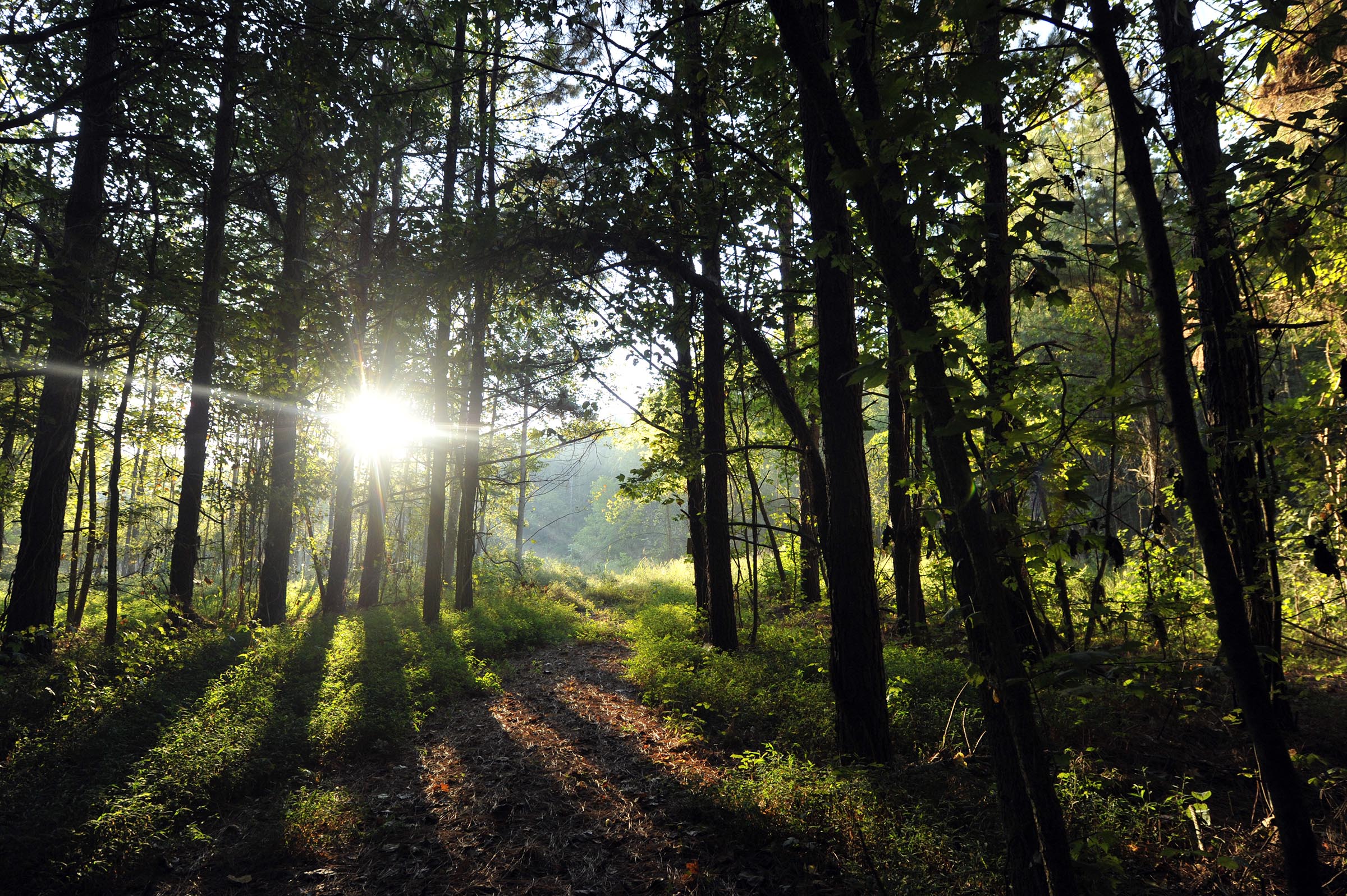
The first meeting of CLC is held in July at Mary McDaniel’s home in Charlotte.
Photo: Cedrone Farm by Nancy Pierce1995
In April, CLC protects its first property, the Catawba Wildflower Glen.1999
The first conservation easement is completed on Redlair Farm and Forest, which will eventually include 755 acres. The land is home to the rare Big Leaf Magnolia and the federally endangered Schweinitz sunflower.2000
The Jenkins Property becomes the first conserved property in the Ramah Creek Conservation Area, a rapidly developing part of Mecklenburg County.2001
The 252-acre River Oaks Plantation was preserved, adding 252 acres that aids watershed preservation along the South Fork Catawba River in Lincoln County.2003
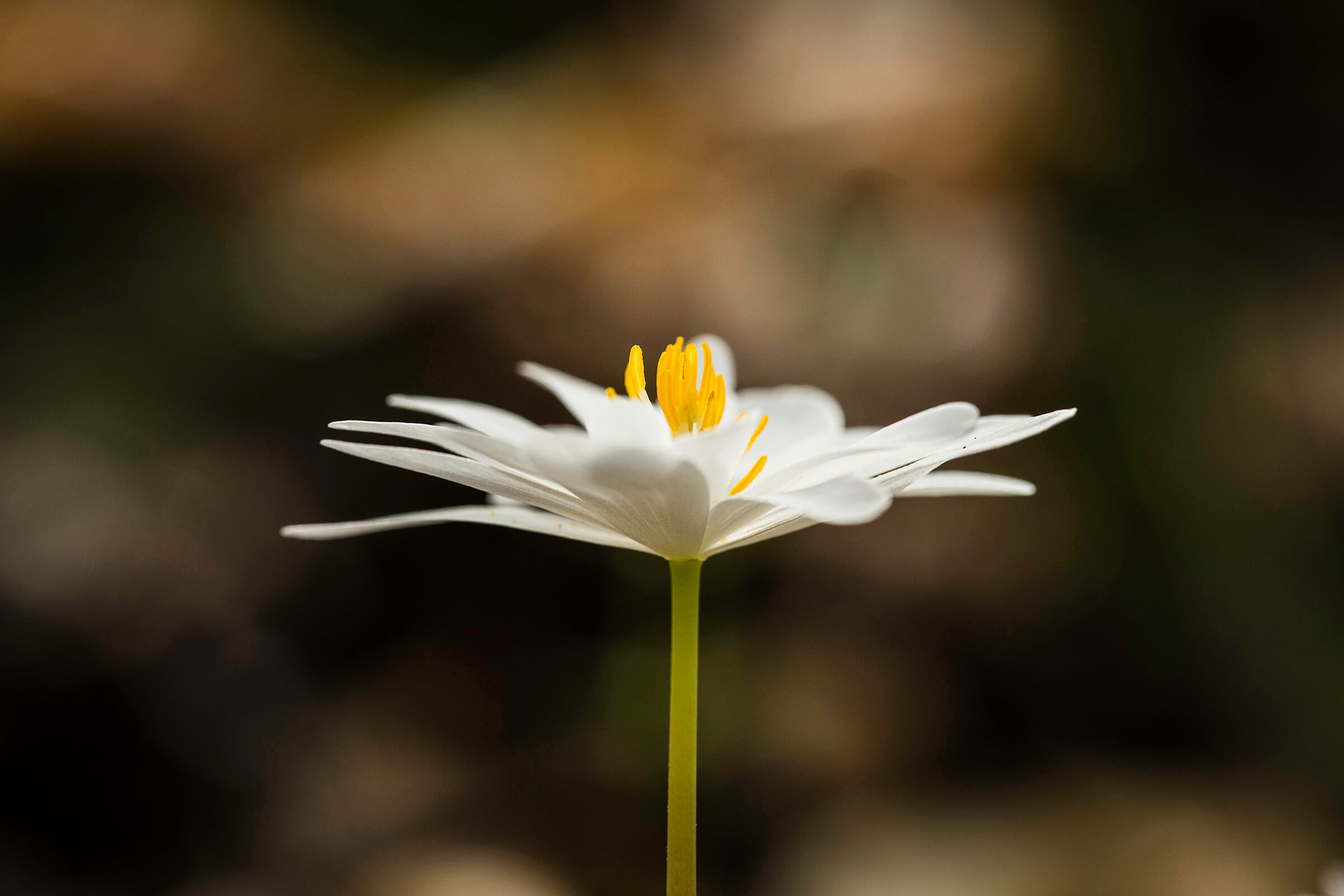
In December, the 506- acre Stanley Creek Forest was permanently protected by CLC, home to a state significant natural heritage site.
Photo: Catawba Wildflower Glen by Debbie Warren2005
CLC’s first public-access trail opened in May at the Rhyne Conservation Preserve.2006/2007
The Carolina Thread Trail, a 15-county trail network concept that began in 2006, is launched in 2007. CLC is the lead agency for the project.2007
CLC becomes one of the first land trusts in the country to receive national accreditation from the Land Trust Accreditation Commission.2010
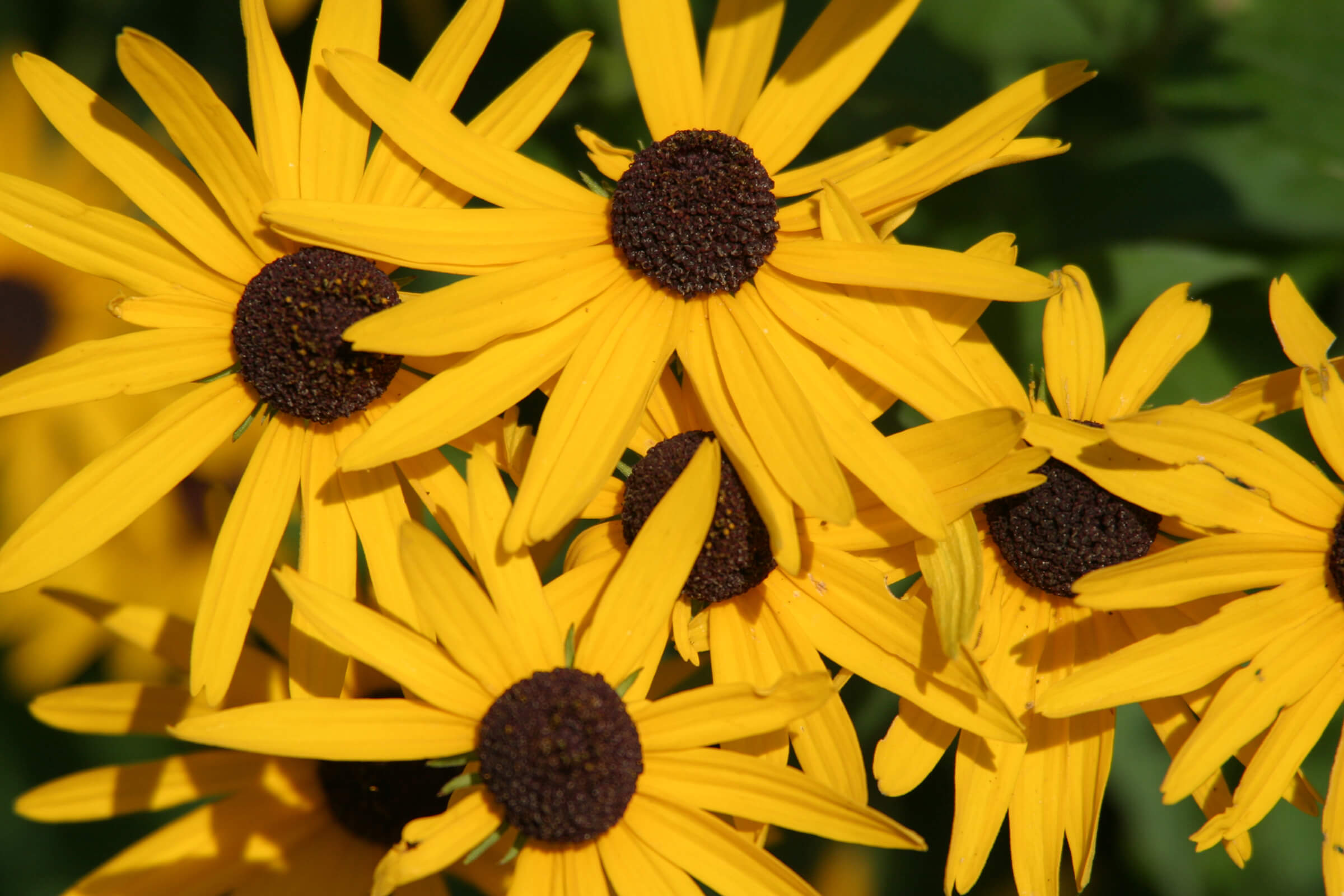
CLC passes the 10,000-acre mark and communities throughout the Carolina Thread Trail footprint have planned nearly 1,000 miles of trails.
Photo: Sunflowers by Allan White2010
The Carstarphen family’s generous donation of the Pharr Yarns Preserve provides 95 acres of protection for water quality, fish, wildlife and plants.- CLC preserves 719 acres in the Mountain Creek and Terrapin Creek conservation area on Lake Norman.
2011
CLC protects the Seven Oaks Preserve, 77 acres adjacent to the Daniel Stowe Botanical Gardens.2013
CLC protects The Fork, its largest conservation project to date at more than 1,300 acres in Norwood, NC.2015
The final of 15 counties adopts its Carolina Thread Trail master plan.2015
CLC surpasses 15,000 acres of land protected.2015
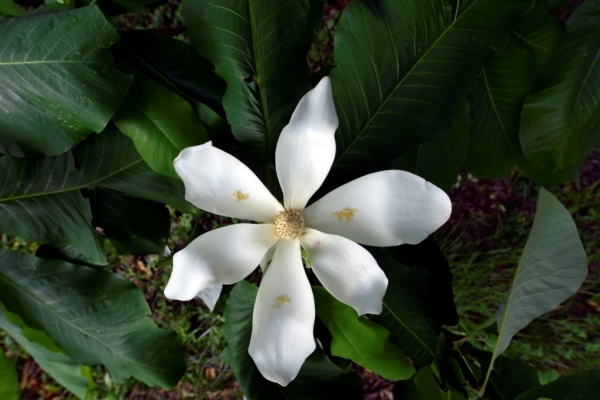
CLC protects Bigleaf Preserve, the last inholding in a 1,200 acre conservation area along the South Fork Catawba River.
Photo: Bigleaf Magnolia by Nancy Pierce2016
CLC celebrates 25 years of protecting land by introducing a rebranded logo and website.2017
The City of Charlotte's Tree Canopy Preservation Program and CLC work together to protect 24 acres of forest along Mountain Island Lake through a conservation easement, expanding the Catawba Wildflower Glen.2018
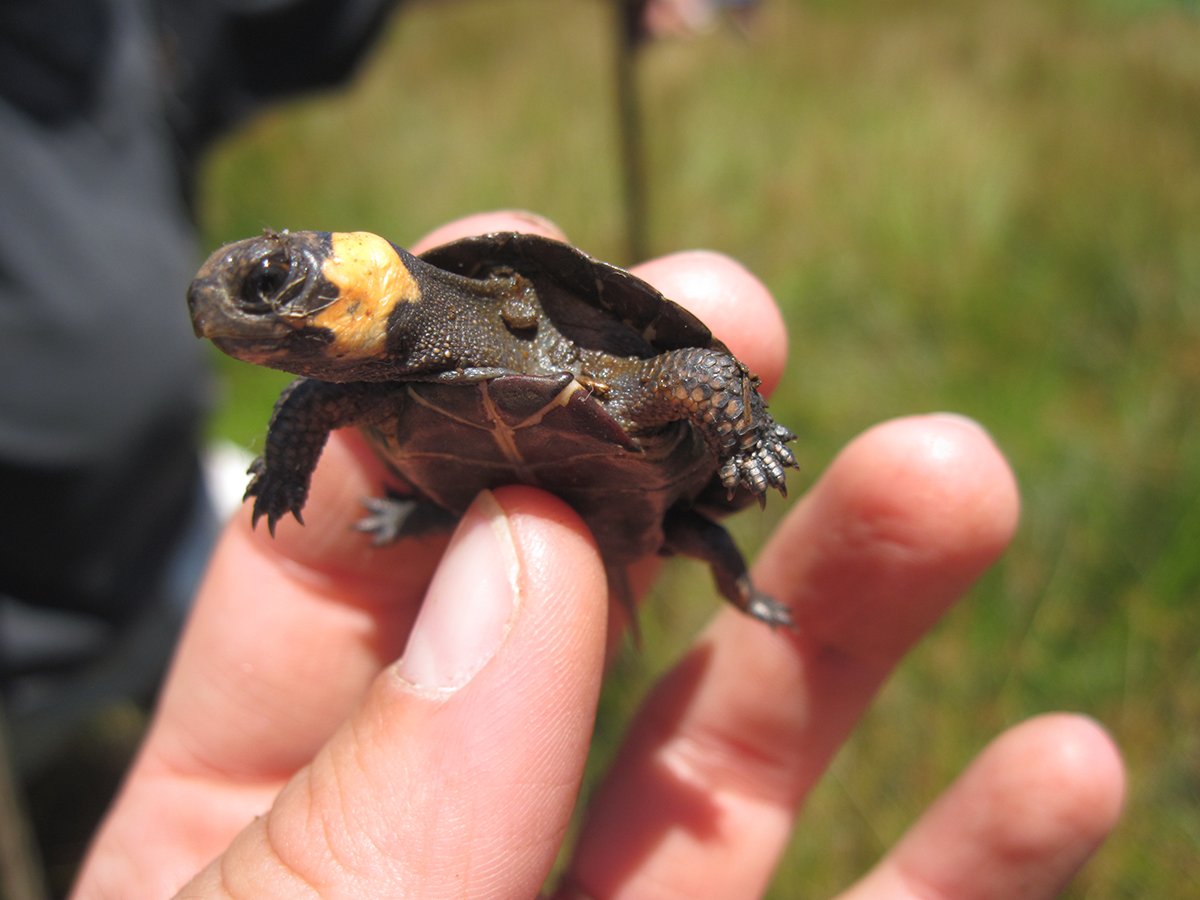
With help from its supporters, CLC purchases Jane's Meadow Bog, a piece of critical habitat for the threatened bog turtle, North America's smallest turtle.
Photo: Bog Turtle by Crystal Cockman2019
The Carolina Thread Trail exceeds 300 miles of trails open to the public.
The Conservancy receives an easement on Bradford Farm, a historic family farm in the Ramah Creek Conservation Area, increasing that area to over 775 acres of permanently protected land.2020
CLC surpasses 17,000 acres of protected land and 200 properties.2020
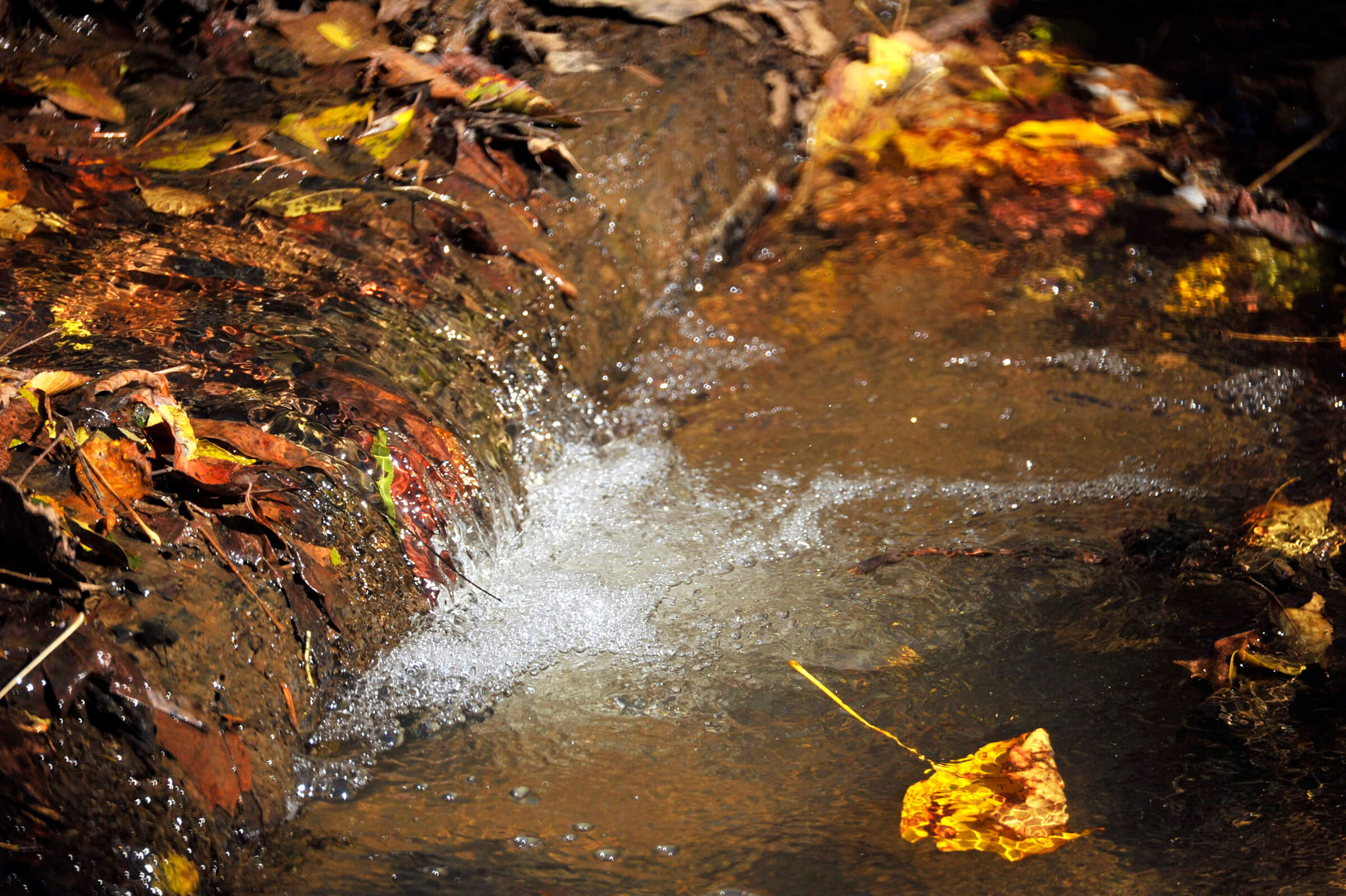
The conservation of St. James Preserve and Old Stumpy Preserve in Lincoln County, N.C. add to existing preserves for a total of 308 acres of protected land along Forney Creek.
Photo: Forney Creek by Nancy Pierce2021
CLC celebrates 30 years of saving land and connecting lives to nature.
